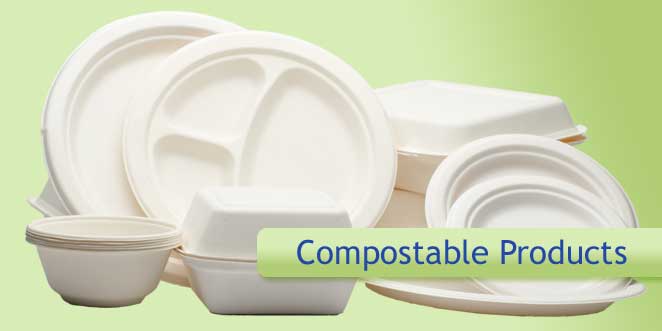
According to the ASTM International Standards, compostable plastic is plastic which is “capable of undergoing biological decomposition in a compost site as part of an available program, such that the plastic is not visually distinguishable and breaks down to carbon dioxide, water, inorganic compounds, and biomass, at a rate consistent with known compostable materials (e.g. cellulose). and leaves no toxic residue.” Today’s compostable plastics are designed to breakdown in professionally managed composting bins with regulated heat and oxygen flow. The vast majority are not designed to breakdown in the natural environment or home composting bin.
In general, composting is a method of treating waste where organic material is broken down either naturally with microorganisms or through industrial means. The finished product is called humus and can be used to benefit the environment in a number of ways.
According to a presentation on Biobased and Biodegradable Plastics 1012 “Compost use reduces chemical inputs, suppresses crop diseases, replenishes organic carbon, increases water and nutrient retention and improves soil productivity.”
